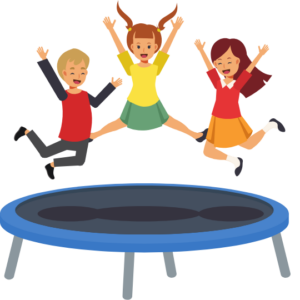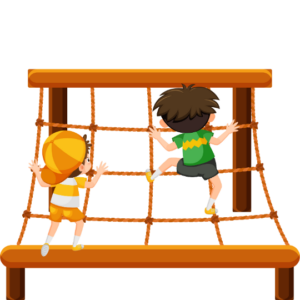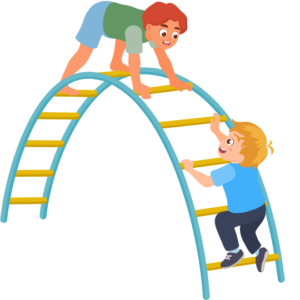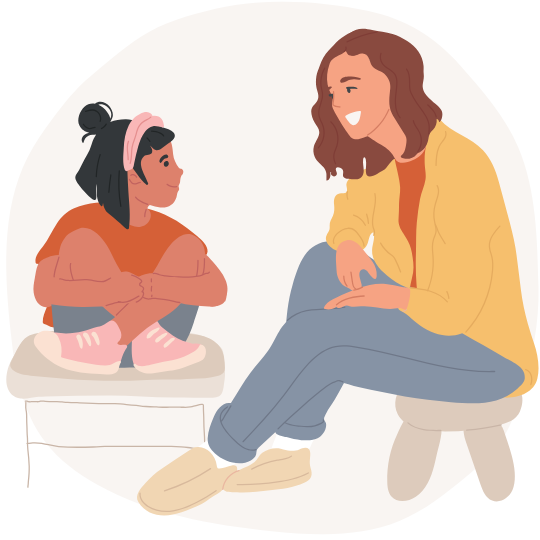Understanding Proprioception in Autism

Proprioception might sound like a fancy term, but it’s a crucial part of our everyday lives. It’s the sense that tells you where your body parts are in space without looking at them. Imagine walking through a dark room and still being able to touch your nose or scratch your head without seeing your hands. That’s proprioception at work! For children with autism, this sense can be underdeveloped or inconsistent, making it hard to navigate the world confidently.

Why Proprioception Matters
Proprioception is essential for coordinating movements and maintaining balance. It’s like your body’s internal GPS, guiding you through physical activities. When proprioception is off, it can lead to clumsiness or difficulty with tasks like buttoning a shirt or tying shoelaces. For children with autism, these challenges can be particularly frustrating. By understanding proprioception better, you can help your child develop skills that make daily activities easier and more enjoyable.
Proprioception Challenges in Autism
Children with autism often experience proprioception differently. They might struggle to understand where their limbs are without looking at them. This can result in bumping into objects, falling frequently, or seeming generally clumsy. These challenges can affect self-esteem and make everyday activities daunting. Recognising these difficulties is the first step in helping your child improve their proprioception and overall physical coordination.
How to Improve Proprioception
Improving proprioception involves activities that provide sensory input to the muscles and joints. These activities help the brain process where the body is in space more accurately. Simple exercises like jumping on a trampoline, pushing heavy objects, or playing tug-of-war can be incredibly beneficial. These fun activities not only help your child improve their proprioception but also provide a great way for you to bond and play together.
The Role of Weighted Products
Weighted products, such as Serenity Switch weighted wheat bags, can be a game-changer in proprioceptive therapy. These products provide deep pressure stimulation, which helps the brain receive and interpret sensory information more effectively. Think of it as a comforting hug that helps your child feel grounded. When used regularly, weighted products can enhance proprioception, leading to better coordination and balance.
Daily Activities for Proprioception
Incorporating proprioceptive activities into your child’s daily routine can be both simple and fun. Encourage activities like climbing, crawling through tunnels, or even carrying groceries. These activities provide the necessary sensory input to help your child’s brain improve its proprioceptive skills. The key is consistency; the more often your child engages in these activities, the more significant the improvements will be.
Creating a Proprioceptive-Friendly Environment
Creating a home environment that supports proprioceptive development is easier than you might think. Fill your child’s play area with items that encourage movement and sensory input. This can include things like balance boards, sensory swings, and textured mats. By providing a variety of proprioceptive experiences, you’re helping your child develop a better sense of their body in space, leading to greater confidence and independence.
Practical Tips for Parents
As a parent, you can make a huge difference in your child’s proprioceptive development. Start by observing how your child responds to different activities and note which ones they enjoy the most. Gradually introduce new activities to keep things exciting and engaging. Remember, every child is different, so be patient and supportive as your child explores and develops their proprioceptive skills.
The Science Behind Proprioception
There’s a growing body of research that highlights the importance of proprioception, especially in children with autism. Studies show that activities enhancing proprioception can lead to significant improvements in motor skills and overall coordination. This scientific backing provides reassurance that the strategies you’re using are not just effective but also supported by evidence. Understanding the science can help you stay motivated and committed to helping your child develop these essential skills.
Emotional Benefits of Improved Proprioception
Improving proprioception isn’t just about physical coordination; it also has emotional benefits. When children feel more in control of their bodies, their confidence and self-esteem improve. They are more likely to participate in physical activities, make new friends, and explore their environment without fear. As a parent, watching your child grow and develop these skills can be incredibly rewarding.
Embracing a Holistic Approach
Proprioception is just one aspect of sensory integration, but it’s an important one. By focusing on activities and tools that improve proprioception, you’re taking a holistic approach to your child’s sensory wellness. Incorporate other sensory-friendly practices, such as using calming weighted products like Serenity Switch, to create a balanced and supportive environment. This comprehensive approach ensures that your child has the best possible foundation for growth and development.
About Sensory Lioness
We are dedicated to supporting emotional well-being through sensory education, mindfulness practices, life coaching, and carefully curated products. Founded by Paulina Grygowicz, our mission is to empower children with sensory challenges and families seeking to find calm amidst life’s everyday chaos.














